#4 of the Top 5 Email Frustrations
Do you get frustrated by procrastinators who wait till the 'last minute' to email a request for something from you (especially when you know they've had ample time)?
This is #4 of the Top 5 Email Frustrations, as identified by 2695 survey participants since March 2006.
Why does this happen?
After 12 years working in this space, I reckon the reason others send you last minute requests is closely linked to reason #3 that we discussed last week - getting email as an interruption.
You see, when we receive email as an interruption, we are not in the mental space to do the effective thinking that is needed to get clarity on the next action(s) needed.
For example, I receive an email from John and a quick read shows he is asking me for some information by next Friday. I make a mental note of that and move onto the next email. A few days later or, more likely, the day before I'm due to respond to John, I remember this email and take a closer look at it. I then recognise that in order to respond to John I need to get some details from Jenny and now I put her under pressure to get back to me quickly, even though I had plenty of time if I'd handled the original email more appropriately.
Of course, there are all sorts of variations on this theme and you've probably come across quite a few of them. Whatever the reason, the 'knock on' effect throughout an organisation when this sort of things happens can be profound.
What can you do about it?
Here are a few ways you can minimise this sort of thing happening;
As discussed last week, get control of WHEN you process email so that you have the time and mental space to do the thinking that's needed to clearly identify next actions and keep things moving
As a sender, use the subject line itself to identify what sort of outcome you desire for your message (poor subject lines are the #5 email frustration and I'll write more about this next week)
Also include a timeframe or deadline for your desired outcome in the subject line itself. That way, the receiver can quickly identify what and when is required of them from your email (even if they don't read the body of the message)
Use the Inverted Pyramid Structure for your message so that the main point of your message (which is often the next action that is needed) is in the first sentence with background details, explanations and reasons AFTER your main point. This is what the Amercian military call BLUF (bottom line up front).
You can add a reminder for yourself to follow up on your email request a few days before your deadline. In Outlook you can even add a reminder for the recipient as well, so the original email does the first bit or reminding or follow up (and this reminder can be 2 hours or 2 days before your own reminder!)
Use Delay Delivery to control when your e-mail arrives to your recipient to maximise chances that you'll get a response. There is a whole science behind this but as a quick overview, the earlier in the day and in the week you send an e-mail the higher the chance it will get a response and the more detailed that response will be. As the week draws to a close, people are running out of the time or energy needed to give you what you want.
Get Control of E-mail in 2018
If you'd like to discuss how to get control of e-mail in 2018 for yourself or for your team, why not contact me in the next few weeks and let's discuss your situation and some options to consider for converting e-mail from a major liability into revenue-generating activity. Depending on your organisation, we can turn email from a $28k per person per year cost or liability into a $75k pp pa revenue generator!
All the best,
